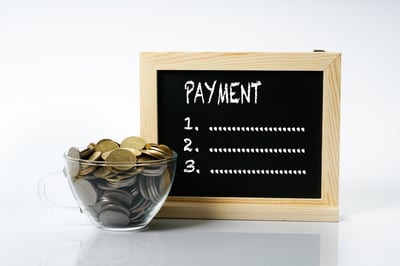 Chapter 13 payment plans can solve a lot of financial problems: mortgage arrears can be cured, expensive car loans can be restructured, and assets that would have to be surrendered to a chapter 7 trustee can be retained. This is accomplished through a chapter 13 plan where a debtor pays a specified amount of money to the chapter 13 trustee over a defined period of time.
Chapter 13 payment plans can solve a lot of financial problems: mortgage arrears can be cured, expensive car loans can be restructured, and assets that would have to be surrendered to a chapter 7 trustee can be retained. This is accomplished through a chapter 13 plan where a debtor pays a specified amount of money to the chapter 13 trustee over a defined period of time.
When people with financial problems choose to file a chapter 13 bankruptcy case, inevitably the question becomes “how much is the chapter 13 payment going to be?”
What the Minnesota Bankruptcy Code Requires in a Chapter 13 Payment Plan
There is a deceptively simple answer to that question. The Bankruptcy Code requires a chapter 13 debtor to pay all of the debtor’s disposable income each month into a chapter 13 plan. So in working on a plan, the idea is to prepare an accurate income and expense budget and see what the “bottom line” is. In that simple form, the surplus amount in the budget is a chapter 13 debtor’s monthly payment.
But there are other factors that the debtor and their attorney have to keep in mind in creating a repayment plan. First, every case contains some “necessary” payments.
In most chapter 13 cases, the chapter 13 debtor’s attorney fees are going to be paid through the plan. In Minnesota, that means that either $3000 or $3500 (the fee is determined based the debtor’s income) is going to be paid to the debtor’s attorney. And the chapter 13 trustee will be paid a 10% commission out of the monthly payment. So fees and costs are part of a monthly payment.
Then the budget has to factor in if the debtor has to cure mortgage arrears, and/or if the debtor is paying a secured loan in full through the chapter 13 plan. Mortgage arrears and car loans have to be paid in full if the chapter 13 trustee is going to pay on the debts.
Then the debtor and attorney have to consider if there is an asset that is not exempt under the law that the debtor intends to retain. If there is a non-exempt asset, the debtor can retain the asset in a chapter 13 case, but the non-exempt equity in the asset has to be paid to the debtor’s unsecured creditors – chapter 13 unsecured creditors have to do as well in a chapter 13 case as they would in a hypothetical chapter 7 case.
CALL NOW FOR A FREE STRATEGY SESSION FROM A MN BANKRUPTCY LAWYER AT KAIN & SCOTT
It’s not just a question of putting together a budget and going from there. A good, workable chapter 13 plan has to take into account a number of other factors in determining a monthly payment. And that’s tough to do without the assistance of an experienced attorney – like the attorneys at Kain & Scott. If you’re thinking about filing a chapter 13 case, get in touch with us at: www.kainscott.com.


